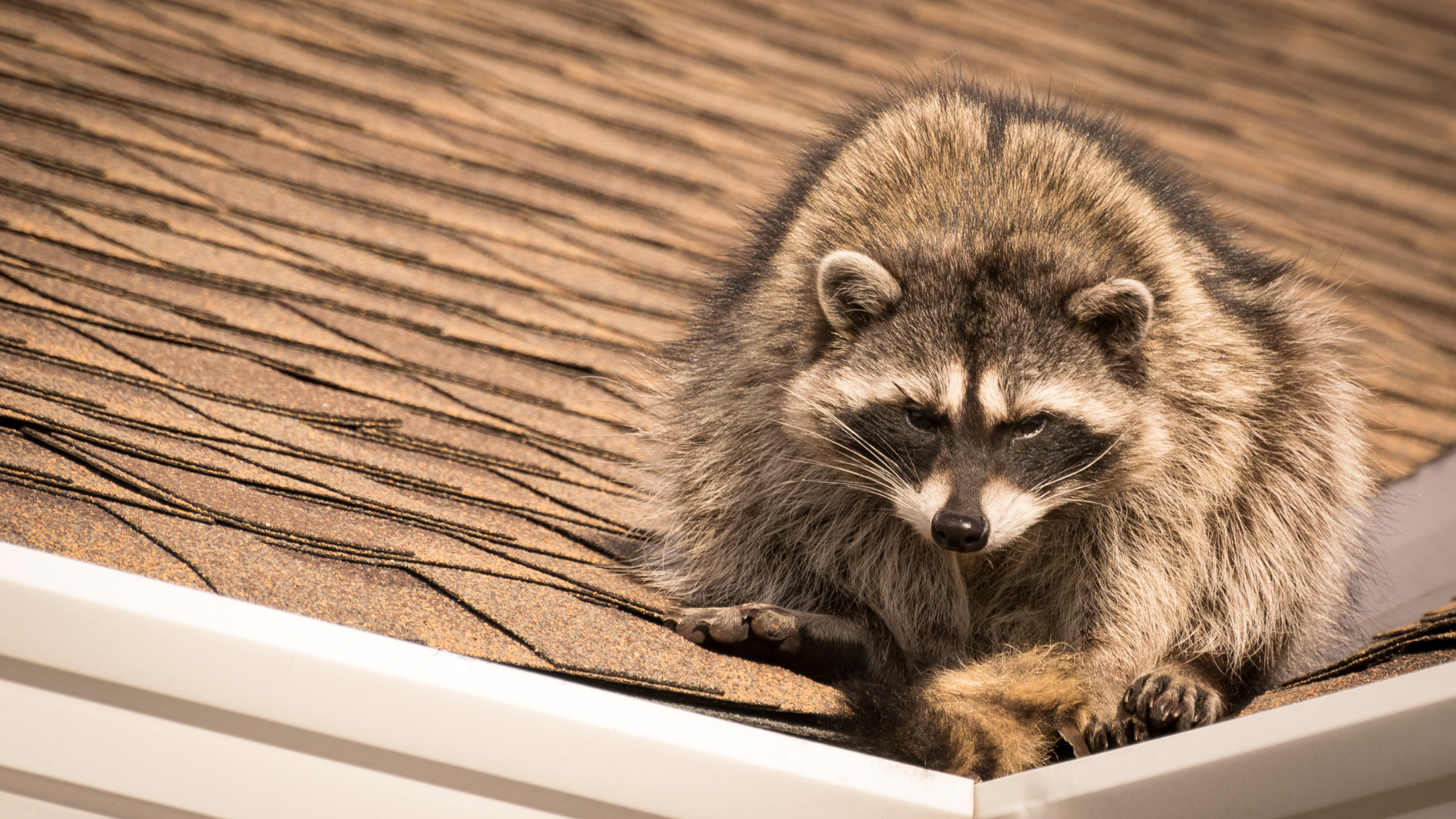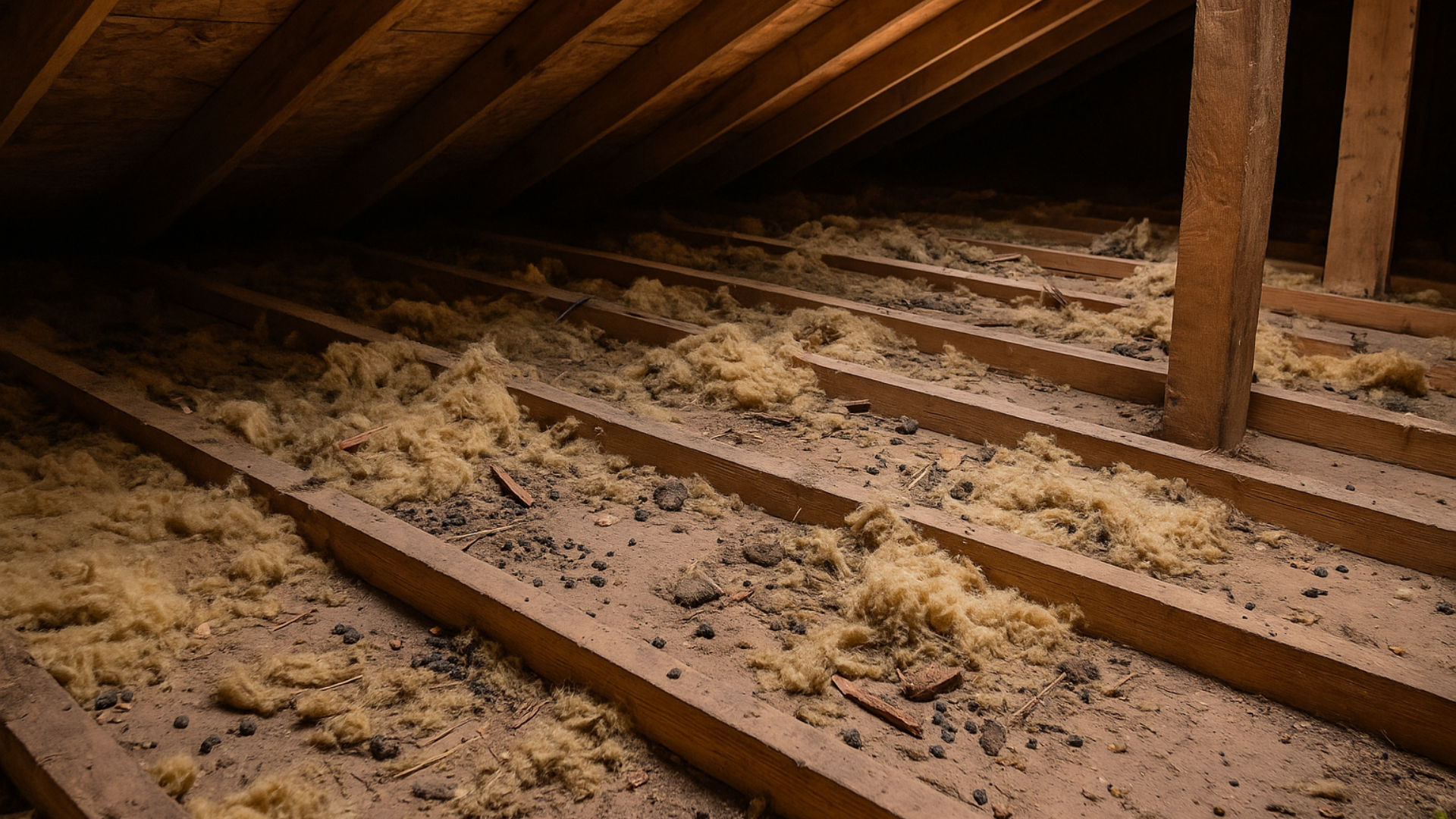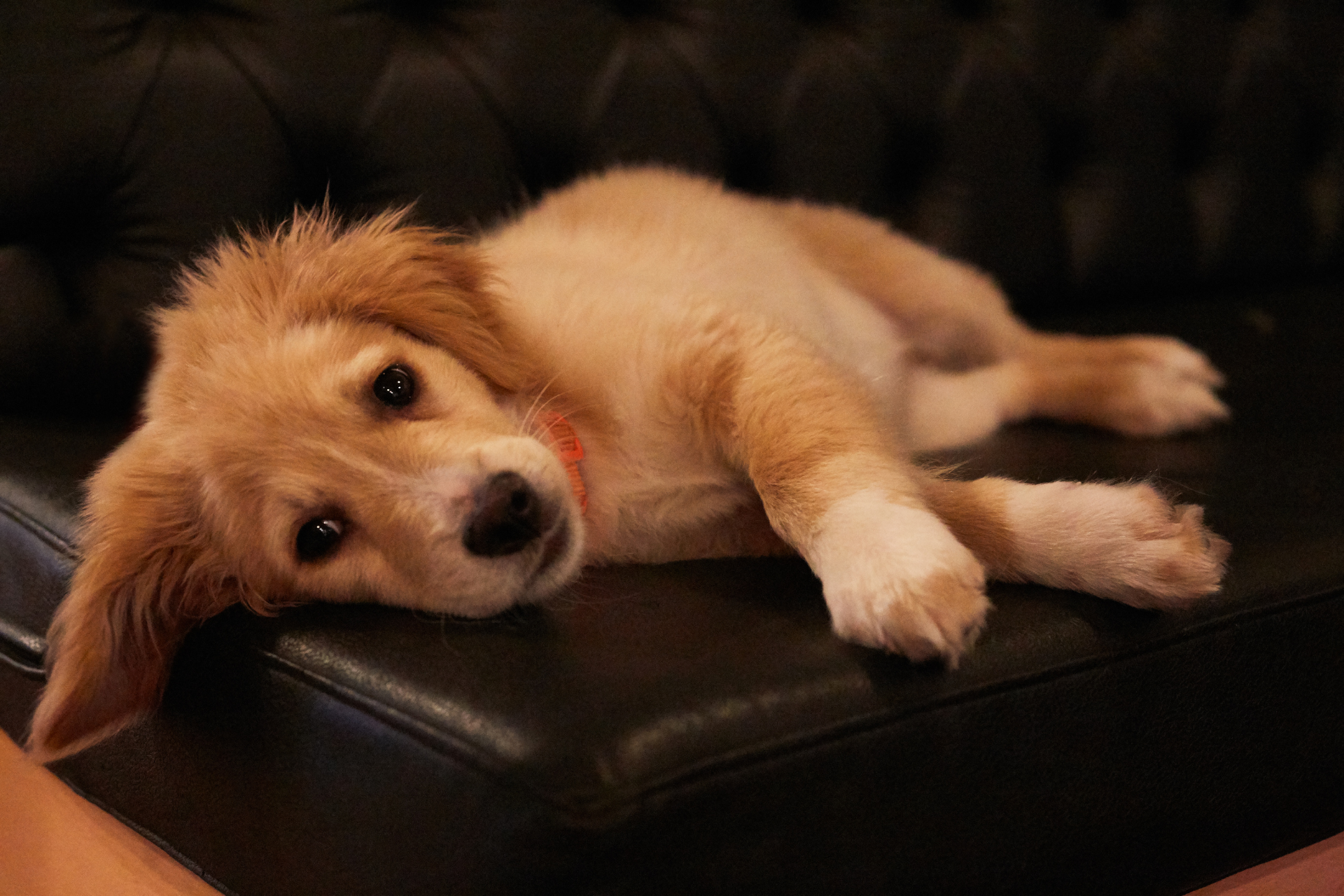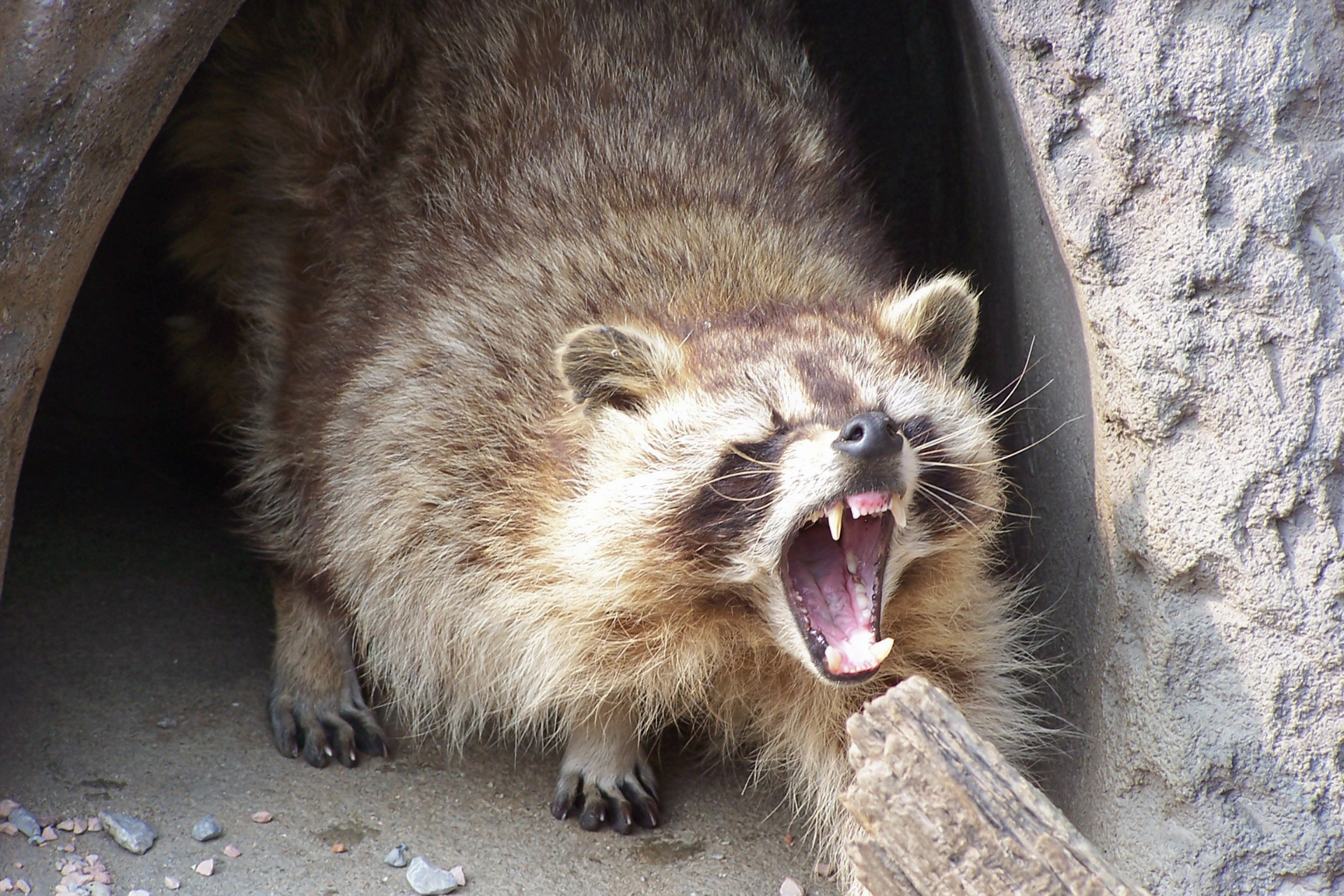The Role Of Wildlife Removal In Pest Control Strategy
Why Integrated Services Are More Effective
Rodents and larger animals might seem like totally different problems at first glance, yet they tend to move through the same corridors of a property and respond to similar building weaknesses. When a home or business is dealing with both categories of intruders, handling them separately turns the process into a guessing game. A coordinated plan gives a clearer picture of how these animals are interacting with the space, where they’re slipping in, and how their behavior may influence one another. This type of strategy makes it much easier for property owners to feel confident that the situation is actually moving in the right direction.
When professionals evaluate rodents and bigger species at the same time, they begin to recognize patterns that a piecemeal approach would miss. A gap created by a raccoon, for instance, might later be used by mice. Squirrels might stash food in an attic, drawing smaller creatures toward the same hidden corner. Even the scents left behind by one species can attract another. If each animal is handled only within its own category, the underlying cause remains untouched, and new problems start forming. Addressing the full picture prevents those narrow fixes from breaking down and turning into another round of trouble.
Integrated services also help reduce repeated disruptions to the people living or working in the building. Instead of calling for one appointment to remove a larger nuisance and another to fix a mouse issue, everything can be handled in a unified plan. This allows technicians to track changes more accurately, understand how the environment is shifting as each step is completed, and reduce stress for the property owner. By looking at the building as a whole, the team can pinpoint entry sites and conditions that would have slipped right past a more limited inspection.
How Rodents And Larger Animals Influence Each Other
One of the biggest reasons an integrated approach works so well is that wildlife often behaves in overlapping or complementary ways. Rodents follow dependable patterns, sticking to walls, exploring attics, sliding into crawlspaces, and sneaking behind insulation. Larger animals tend to be bolder, breaking through weak exterior points or prying open vent covers. While they behave differently, they share many of the same instincts when it comes to nesting areas, food sources, and shelter from the weather.
When both types of intruders are active on the same property, they often end up disturbing or encouraging one another. A raccoon might tear open a soffit, giving mice a fresh shortcut into the attic. Mice might chew wiring or insulation, creating a warmer pocket that persuades a squirrel to stay longer. Even droppings from rodents can attract predators like opossums, which leads to even more disruption. These patterns aren’t always obvious to someone who only handles one type of issue at a time.
Professionals who examine the full environment can see how these animals are influencing the atmosphere of the property. They take into account moisture levels, nesting debris, structural wear, and even the smallest hollows behind stored items. When both small and large animals have free access to a building, the overall activity becomes unpredictable. A combined approach steadies that picture and creates a clearer path toward long-term relief. Without that broader view, the situation becomes a cycle where solving one problem unintentionally creates space for another.
Why A Thorough Strategy Produces Longer-Lasting Results
Tackling rodents and larger wildlife together allows technicians to design a plan that strengthens the entire building instead of patching random weak points. During an integrated service, every possible entry site is examined, from tiny gaps near utility lines to wide openings in roof edges. Each point is evaluated by considering how both small and large creatures could use it. This type of assessment helps reveal hidden vulnerabilities that might otherwise be missed.
Once the property’s weak spots are identified, a unified treatment plan can be developed. That plan usually involves addressing the presence of each species, sealing up entry sites with materials appropriate for both categories, and correcting conditions that encourage animals to return. When only a single species is evaluated, repairs may be too light-duty or too narrowly focused. A fix that blocks a squirrel might still allow mice to squeeze through. A repair designed for rodents may not withstand the strength of a determined raccoon. Integrating everything from the start avoids these mismatches.
Another advantage of a combined strategy is that it prevents contradictory corrections. For instance, someone who focuses solely on rodents might place materials that mask scents, but those same materials might attract curiosity from a larger animal. A team following an integrated approach knows how to use solutions that work harmoniously. They map the movement of every species involved, making sure the building becomes less inviting at every level. The result is a more stable environment that doesn’t undo itself with conflicting repairs or incomplete adjustments.
Creating A More Secure Property
A home or business becomes far more predictable when the technicians evaluating it understand how multiple animals behave in the same space. Instead of treating each problem as an isolated event, integrated services bring everything into one coordinated plan. This reduces the likelihood that future intruders will find leftover opportunities created by earlier disruptions. When rodents and larger species are handled at separate times, each visit forces the building into yet another round of changes. Those shifts can lead to openings that weren’t there before, altered pathways, and new scents that draw attention from still other animals.
A thorough approach stops this chain reaction. It gives the technicians the ability to anticipate which areas need reinforcement, which materials will stand up against both small and large intruders, and which factors are contributing to the ongoing activity. By treating the property as an ecosystem rather than a collection of disconnected concerns, they build a plan that supports long-lasting stability. This approach helps reduce frustration for the property owner and creates a clearer line toward preventing future issues.
Every environment has its own rhythms, and animals quickly learn how to take advantage of them. Working with both rodents and larger wildlife at the same time gives professionals a chance to interrupt those patterns before they settle in again. That type of intervention is far more effective than switching from one species to another without understanding how the activity overlaps. Integrated services clarify those interactions and transform the building into a much less appealing target for repeat visits.
Integrated wildlife services give our team the opportunity to evaluate every part of a property and design lasting solutions that address rodents and larger animals together. This method helps us repair entry points with the right materials, identify behavior patterns with greater accuracy, and stabilize the environment in a way that single-species approaches struggle to match. We’re here to build a comprehensive plan that supports a more secure property and reduces future disruptions.
Contact Veterans Pride Wildlife Control today to schedule an inspection and get the process started.










